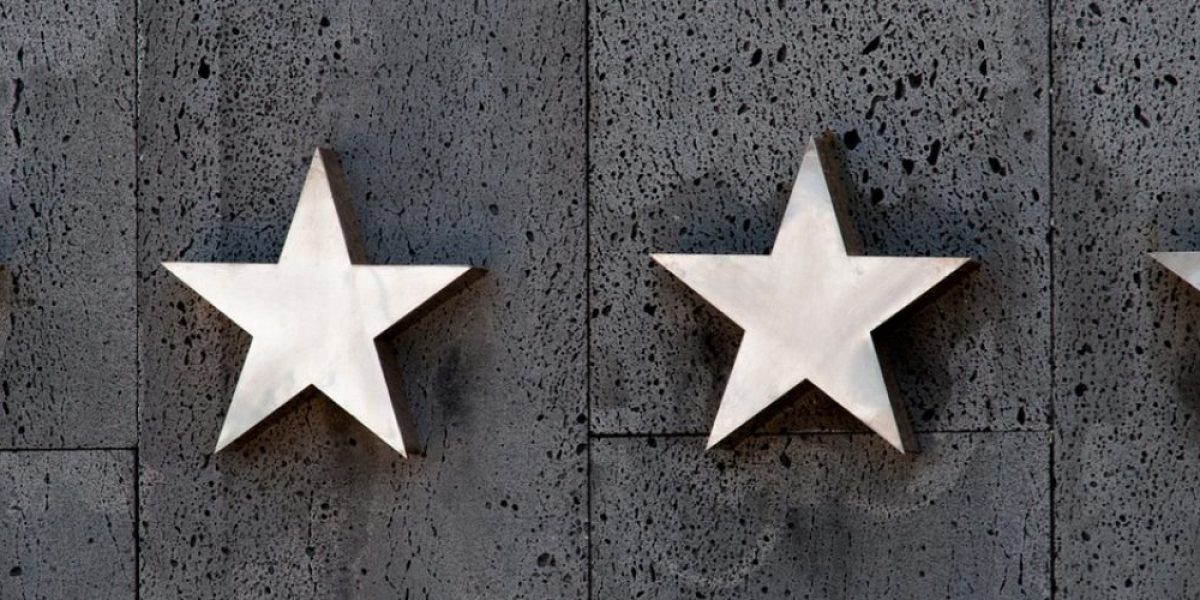|
Getting your Trinity Audio player ready...
|
George Hadjia
As long-time readers will know, the Montaka funds have been short the shares of Kraft Heinz (Nasdaq: KHC). For example, we have communicated our views here, here, and here. One aspect to our short thesis is the enormous $31bn debt burden encumbering KHC. While this is significant, the company has benefited from the grace of ratings agencies, and this is symptomatic of broader credit rating inflation.
This phenomenon of ratings inflation makes sense when understanding the incentives that drive credit rating firms, which follow an arguably conflicted “issuer-pays” business model. Credit ratings are paid for by the borrowers, and there is a perverse incentive for the borrowers to pick a ratings firm that provides a more sanguine rating. The credit ratings firms compete with each other for business, so it’s perhaps unsurprising, given these incentives, that we’ve seen a tendency for these standards to relax over time.
In a WSJ investigation, it was found that all the major credit ratings firms had changed their rating criteria in ways that preceded large increases in market share in certain sectors. We’ve seen this manifest in the number of corporates with credit rated Triple-B, but not junk, with the portion of Triple-B rated U.S. corporate bonds rising materially over the last decade. (N.b.: the Triple-B category, comprised of three notches, is the lowest for bonds considered investment grade).

Source: Bloomberg Barclays
While this is significant – the Financial Crisis Inquiry Report concluded that “the failures of ratings agencies were essential cogs in the wheel of financial destruction” – it has implications for shorting indebted companies. Let’s shift back to Kraft Heinz, a business that is rated BBB-, the lowest investment grade rating and just one notch above junk status.
Despite a continued deterioration in the performance of the operating business, and net debt/adjusted EBITDA being an astonishing 4.6x on an LTM basis, KHC has been given the benefit of the doubt regarding its (vague) turnaround plan by credit rating agencies, who have been reluctant to downgrade the firm into junk territory. Instead, KHC has been given two years to reduce its adjusted leverage to below 4x. But why is this important?
For KHC the issue is topical as it relates to its interest payments. Currently, KHC pays away roughly 5% of sales in the form of interest expense (which is a 4.4% effective interest rate on the almost $31bn of debt KHC has). If KHC were to be downgraded to junk status, its interest expense would almost certainly increase, and make it more difficult for the company to reinvest in its brands to drive the top-line turnaround. In other words, more than 5 percentage points of sales would be consumed by interest payments, which puts KHC at a disadvantage relative to competitors that are not saddled with the same debt burden.
We remain short KHC and still believe there are risks around delivering on a turnaround of the business, despite the credit rating firms going easy on the company.
George Hadjia is a Research Analyst with Montaka Global Investments.
To learn more about Montaka, please call +612 7202 0100.





